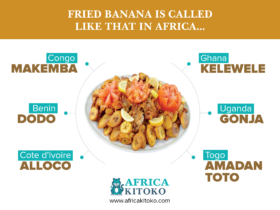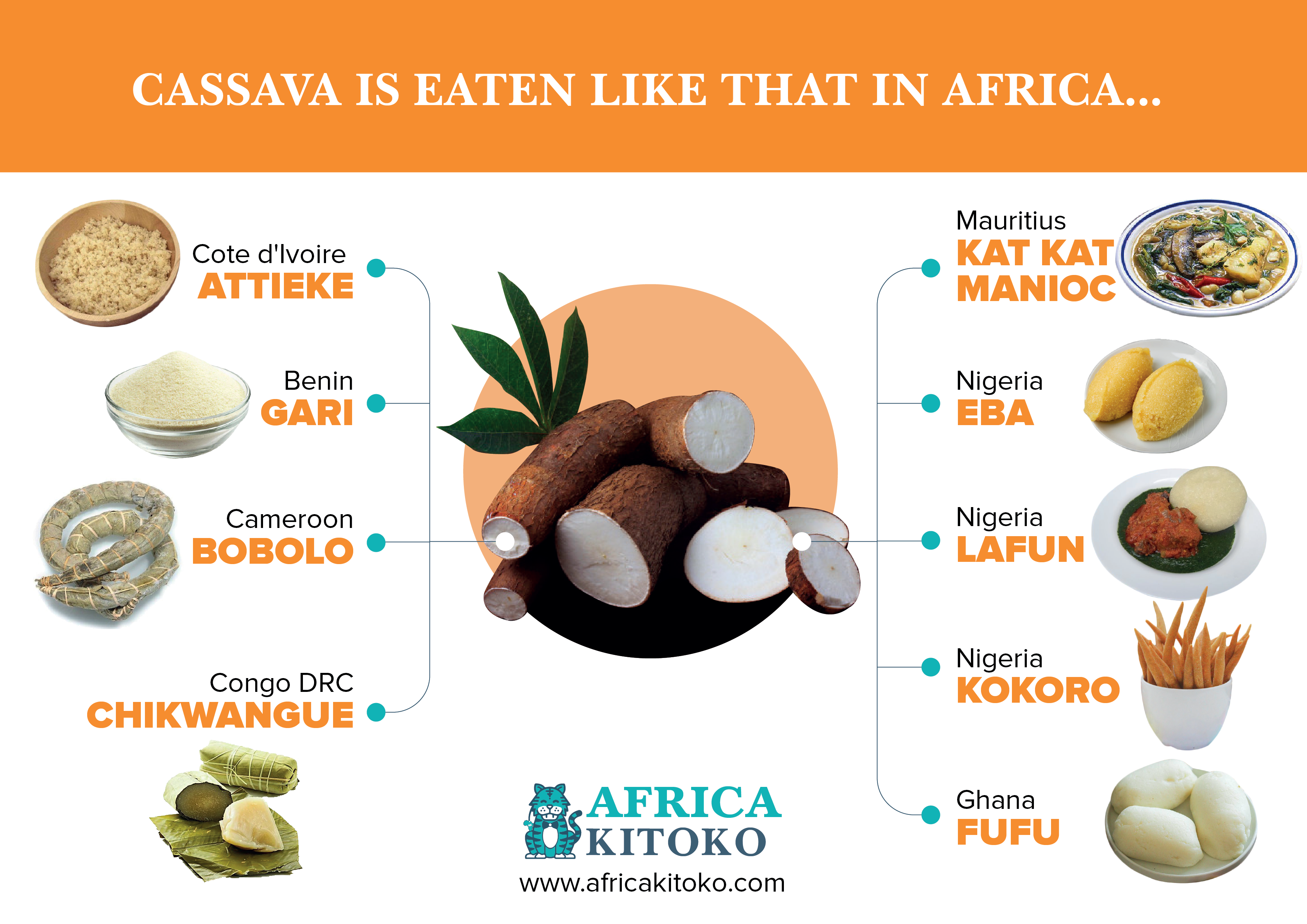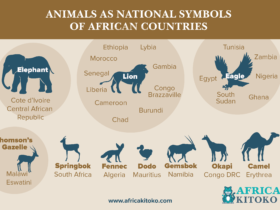
The African scarf is more than a piece of fabric, its wearing is more than a trend. It is used symbolically around the world to represent religions and cultures.
Called « Duku » in Malawi and Ghana, « Dhuku » in Zimbabwe, « Tukwi » in Botswana, « Gele » among the Yorouba, « Ichafu » among the Igbo, « Kouna Diala » among the Bambara (the headband ), « Gnoubouholo » among the Senoufo, « K’sa » among the Touareg, the African scarf is loaded with meaning. Discover the different meanings of the African scarf.
The scarf, originally from sub-Saharan Africa, was often used to symbolize modesty, spirituality and prosperity.
The headscarf has been used by Africans for centuries as a non-verbal means of indicating social status. The scarf of a woman walking on the street will tell you if she is a widow, grandmother or married woman. It is an essential accessory in the daily life of an African woman. In addition to being a non-verbal means of communication, the headscarf also plays a practical role in protecting the head from the sun’s rays.
In some communities, a scarf, when worn by an elderly woman, is seen as a sign of wisdom.
Certain styles and colors of scarves in certain cultures have more specific meanings such as the marital status of the individual; whether engaged, married or widowed. A practice that is also found in the Middle East, and even in Europe in past times.
A more common use, which can be seen in almost every country in Africa, is the headscarf as an embellishment and an indication that a celebration event is happening. At weddings and family celebrations, for example, you’ll find it difficult to find an older woman without a beautiful, sophisticated scarf on her head. It gives a matriarchal and royal image, symbol of elegance and feminine beauty.
The headscarf, to show one’s faith in appearance and attachment to a religion.
As you probably know, the practice of covering one’s head for religious and devotional reasons is common to many religions around the world. Perhaps the most obvious of these is Islam.Certain religions of Christianity also practice the wearing of the headscarf during certain religious ceremonies. In fact, until the mid-1960s, Catholic women were forced to cover their heads with a thin veil.
Wearing the headscarf these days.
African fashion seeks more than ever to occupy the world scene, transmitting through its fashion, its cultural diversity and its history.









Leave a Reply
View Comments